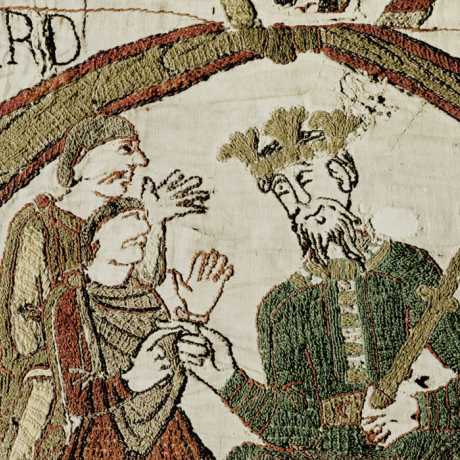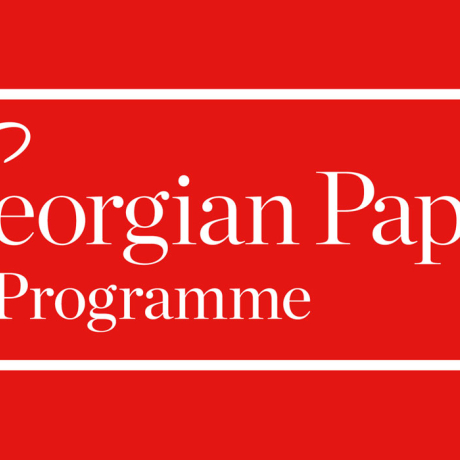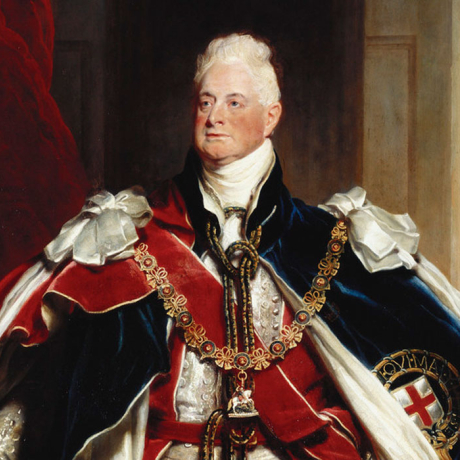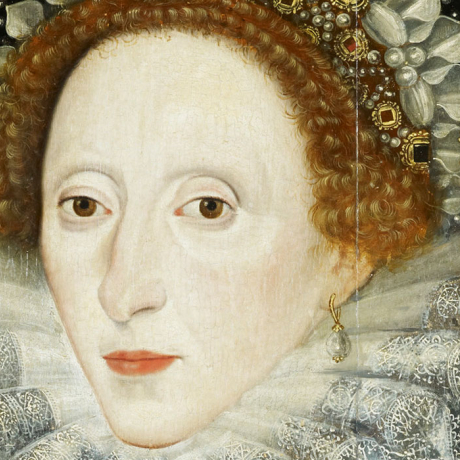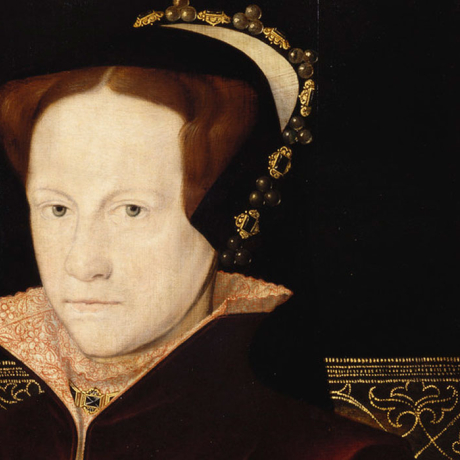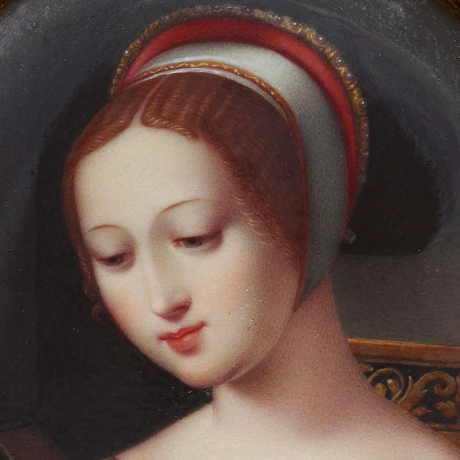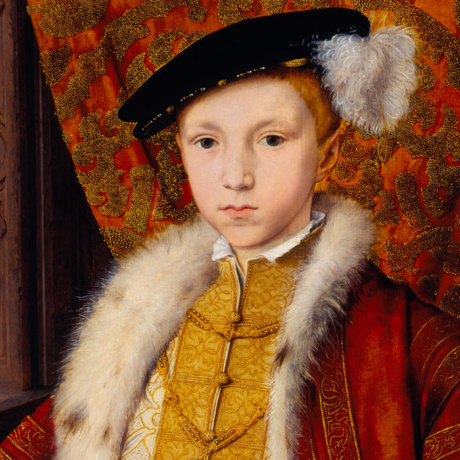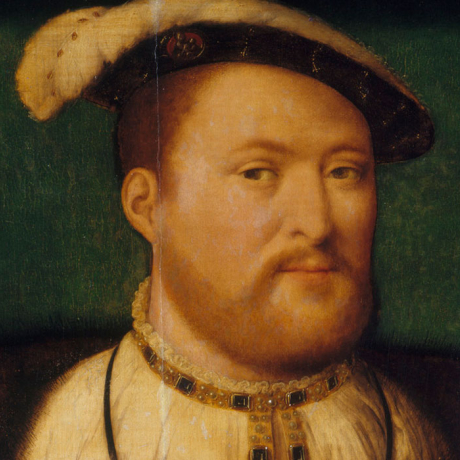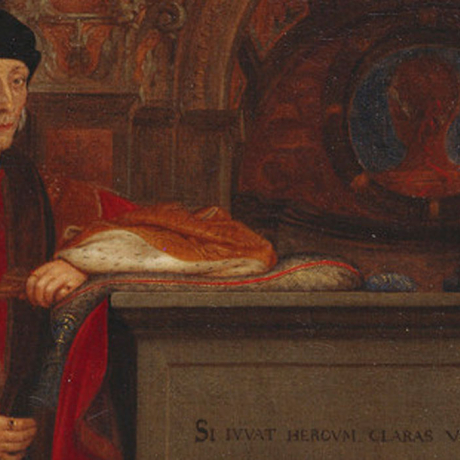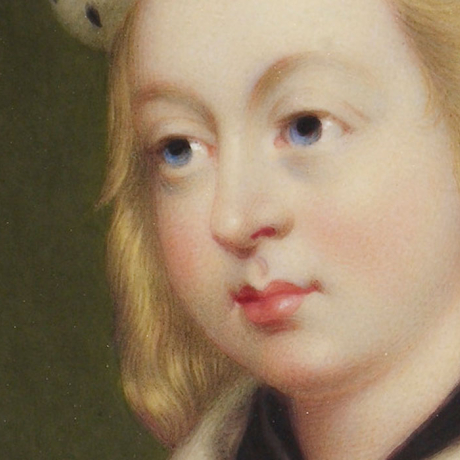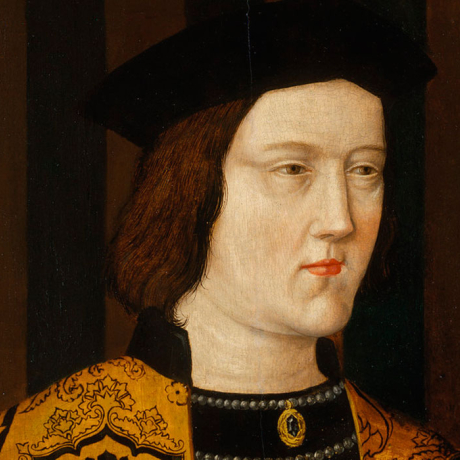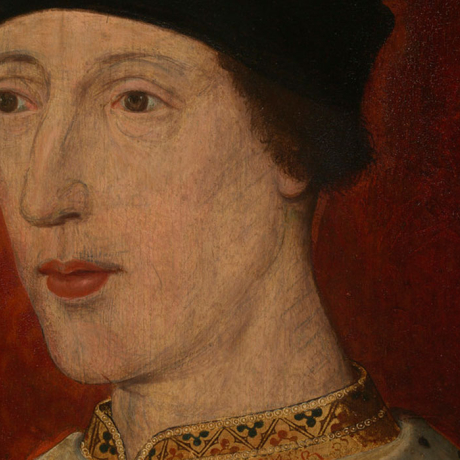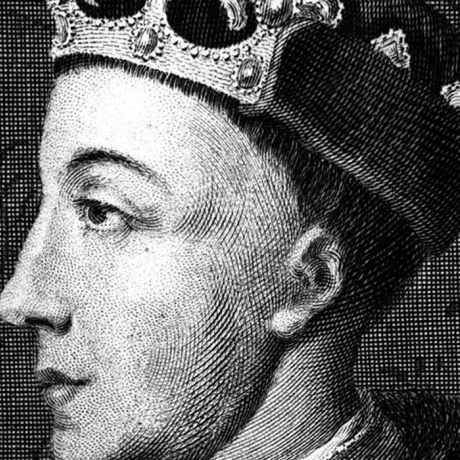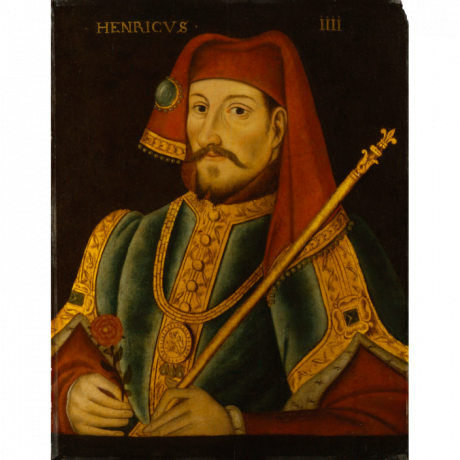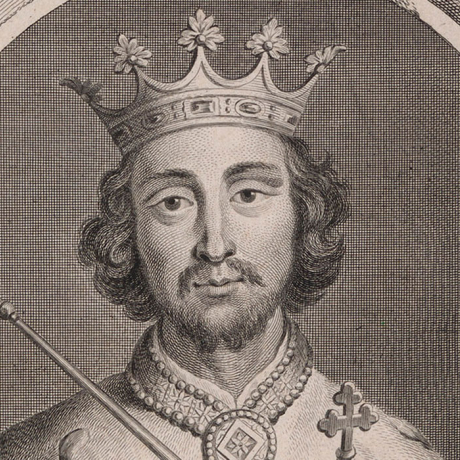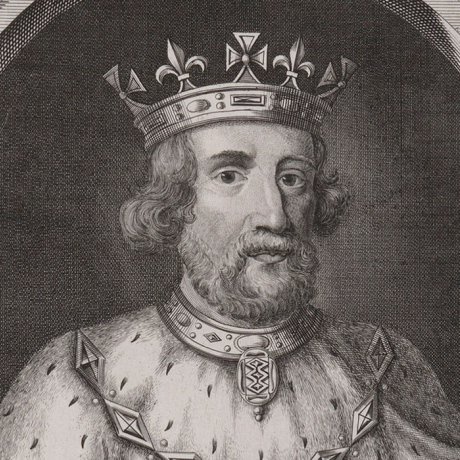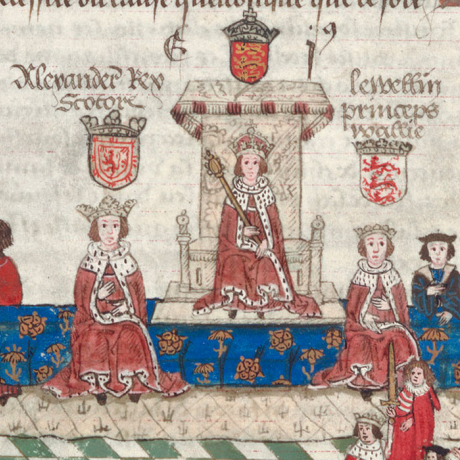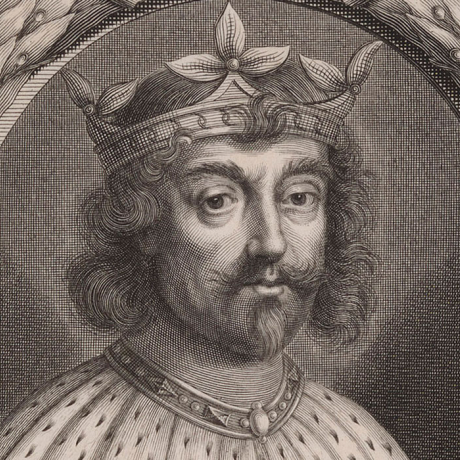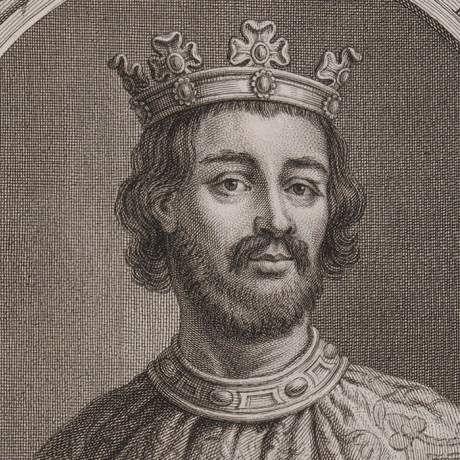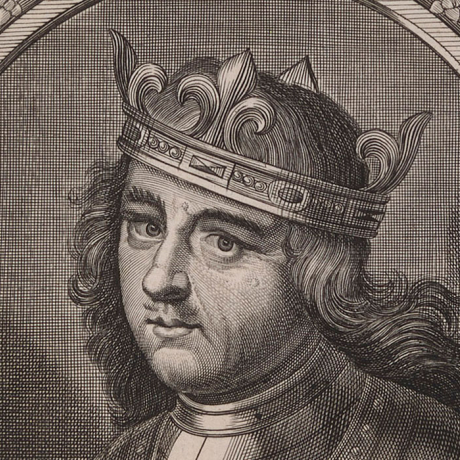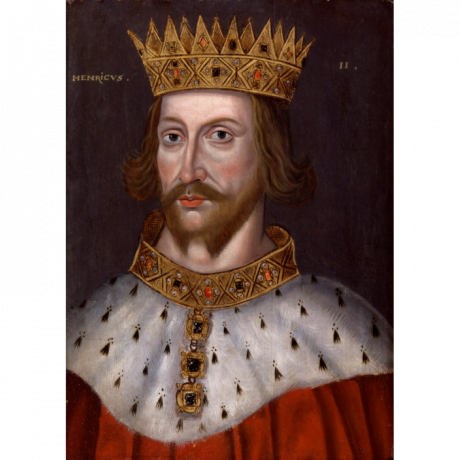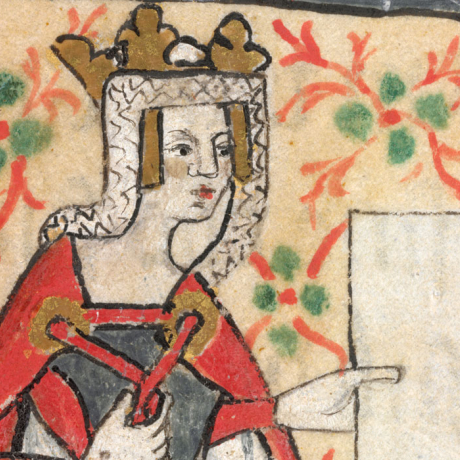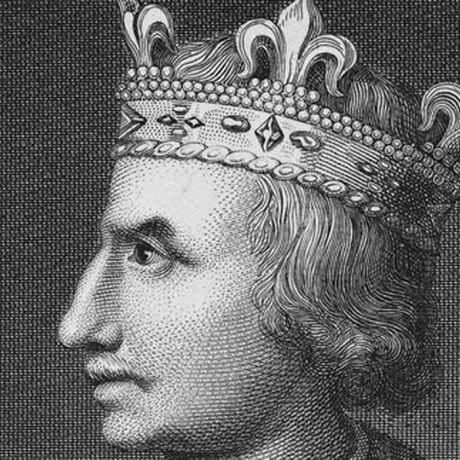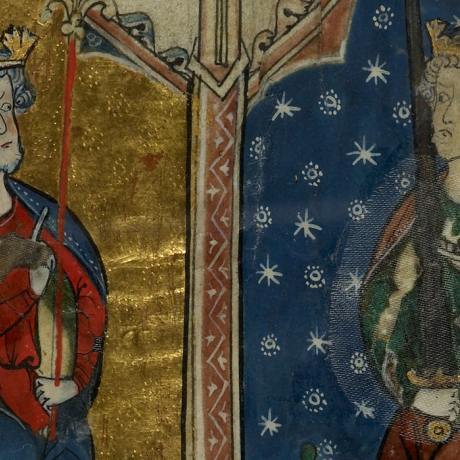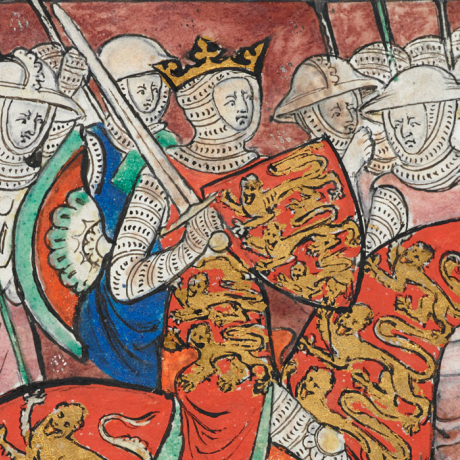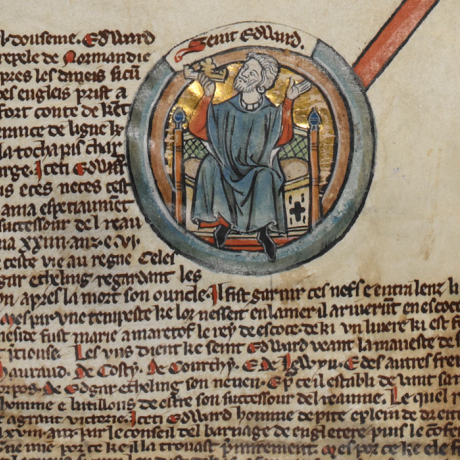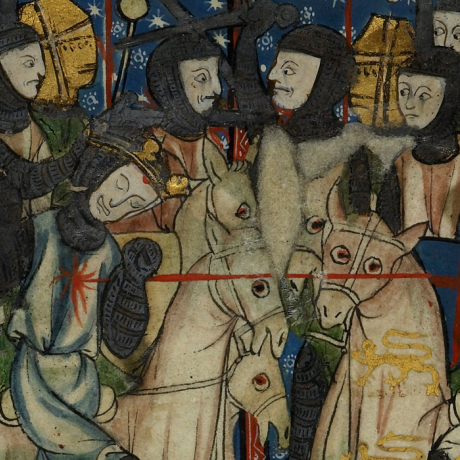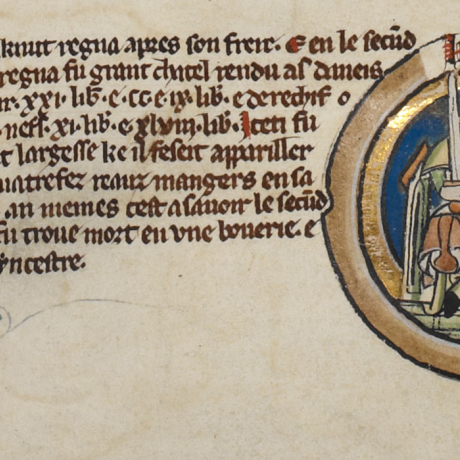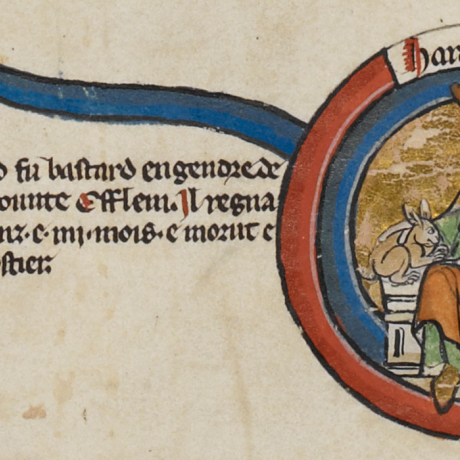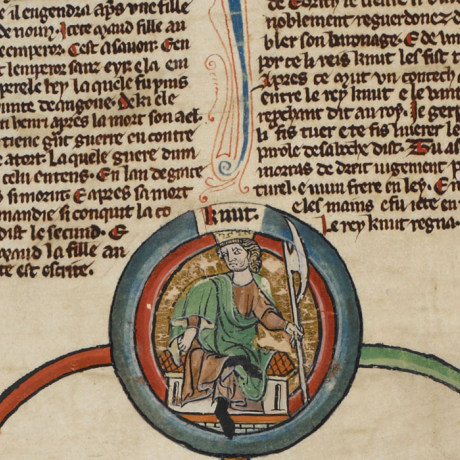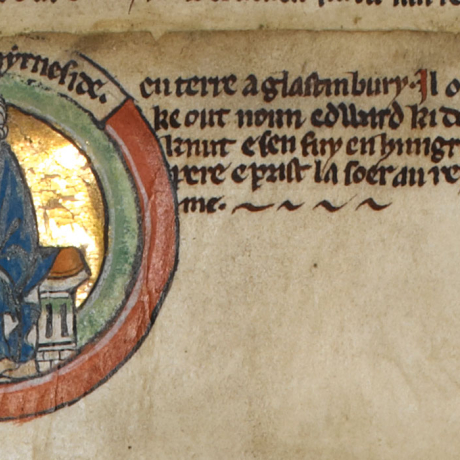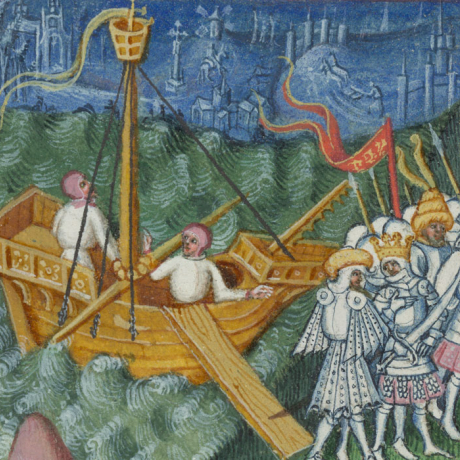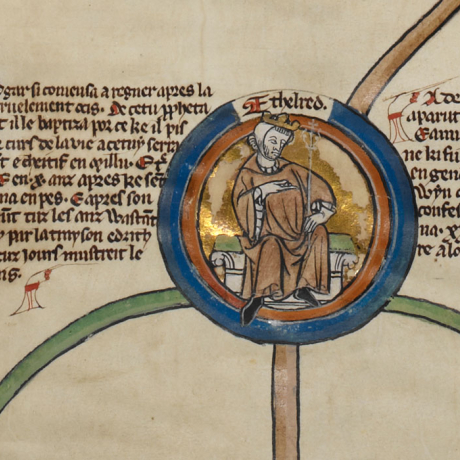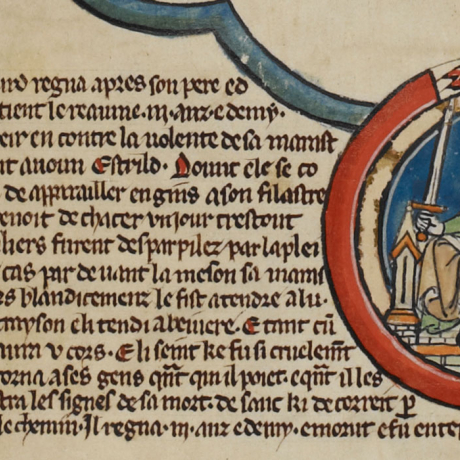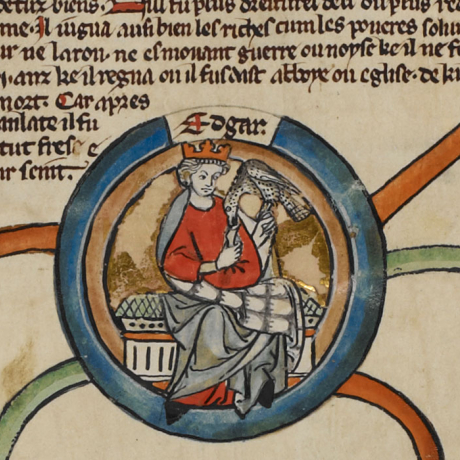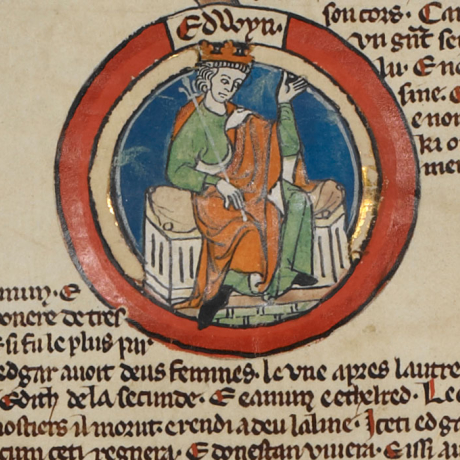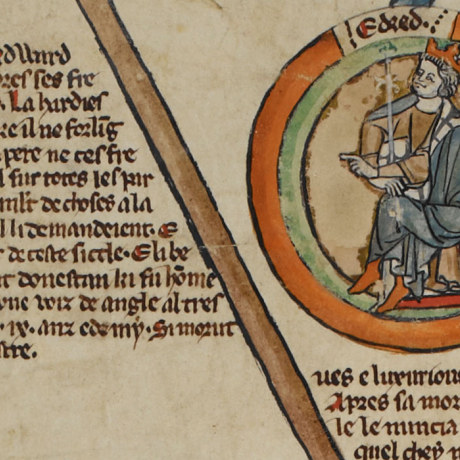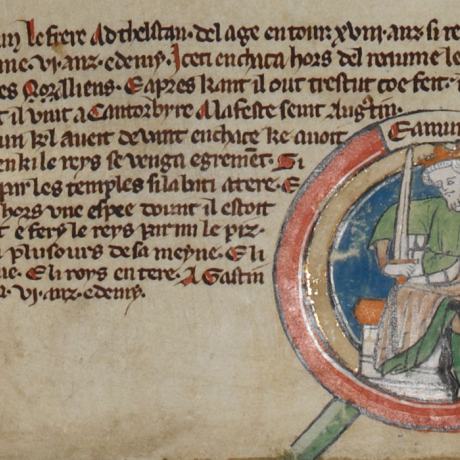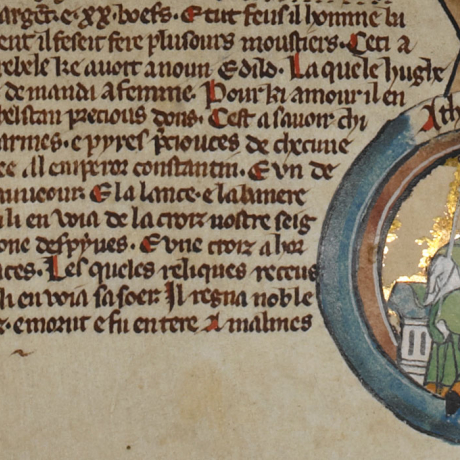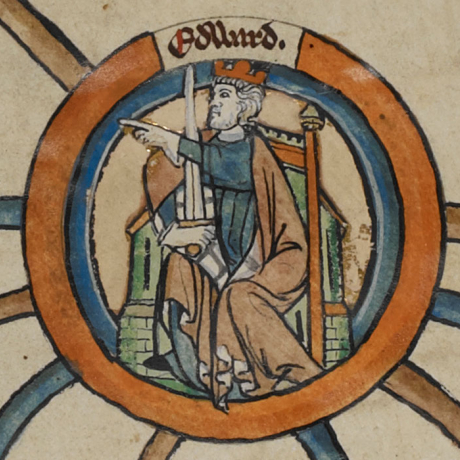In 1042 Edward 'the Confessor' became King. As the surviving son of Ethelred and his second wife, Emma, he was a half-brother of Hardicanute, through their mother. With few rivals (Canute's line was extinct and Edward's only male relatives were two nephews in exile), Edward was undisputed king; the threat of usurpation by the King of Norway rallied the English and Danes in allegiance to Edward.
Brought up in exile in Normandy, Edward lacked military ability or reputation. His Norman sympathies caused tensions with one of Canute's most powerful earls, Godwin of Wessex, whose daughter, Edith, Edward married in 1045 (the marriage was childless).
These tensions resulted in the crisis of 1050-52, when Godwin assembled an army to defy Edward. With reinforcements from the earls of Mercia and Northumberland, Edward banished Godwin from the country and sent Queen Edith from court. Edward used the opportunity to appoint Normans to places at court, and as sheriffs at local level.
William, Duke of Normandy may have been designated heir. However, the hostile reaction to this increased Norman influence brought Godwin back. Edward subsequently formed a closer alliance with Godwin's son Harold, who led the army as the king's deputy (he defeated a Welsh incursion in 1055) and whom Edward may have named as heir on his deathbed.
Warding off political threats, England during the last 15 years of Edward's reign was relatively peaceful. Prosperity was rising as agricultural techniques improved and the population rose to around one million. Taxation was comparatively light, as Edward was not an extravagant king and lived off the revenues of his own lands (approximately £5,500 a year) - nor did he have to pay for expensive military campaigns. Deeply religious, Edward was responsible for building Westminster Abbey (in the Norman style) and he was buried there after his death in 1066.
Edward the Confessor sends Harold to inform Duke William of Normandy that he will succeed to the throne of England. c.1064 ©Lessing Archive/British Library Board

